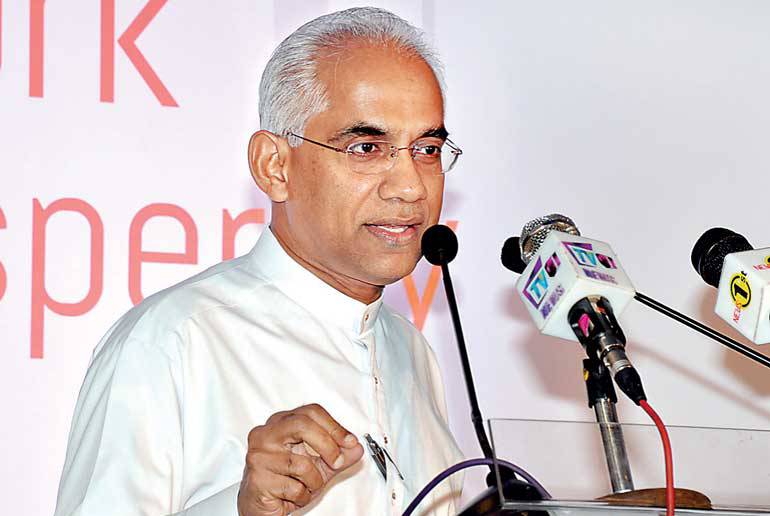The Government plans to bring in new laws in September to enhance the scope and the independent decision-making ability of the Central Bank to further regulate the banking and the non-banking sectors, a top official said yesterday.
State Minister of Finance Eran Wickramaratne, referring to ETI Finance in Parliament on Tuesday, held CBSL has played its role in supporting the struggling company to find an investor who has invested $ 70 million, which was used to pay back 30% of deposits. He also said the Government will introduce fresh laws in September to strengthen the Central Bank, but did not give details. Earlier this week, Wickramaratne said the Finance Ministry was planning to gazette the proposed amendments to the Monetary Law Act (MLA), which will also strengthen the independence of the Central Bank to maintain strong macroeconomic fundamentals.
According to the State Minister, the deposit insurance scheme of the CBSL will only cover up to Rs. 600,000 of deposits. “ETI was dissolved through the CBSL, and not by giving it to a private party known to the Minister of Finance. Investors for ETI was brought through the CBSL. The initial investment was $ 70 million, and it was used to pay 30% of the deposits. The balance deposits cannot be paid using taxpayers’ money. The CBSL is now holding a discussion about the two remaining companies. In the absence of finding an investor for those, the balance can only be settled by selling the assets,” he said.
Wickramaratne, rejecting Opposition charges of driving the economy into the doldrums during the past four years, said: “There is no economic collapse. If you talk about the fall of finance companies such as Ceylinco, they collapsed not during the current Government, but the previous Government. These are private companies, and the Government should not be blamed for the collapse. Any business can collapse at any time. People deposit money based on their private assessments to deposit money in these organisations. There is a risk when you deposit money in any institution, and the return is decided based on this risk. The interest paid by the banks is less due to low risk. When it comes to other financial institutions the interest rate is high.”
(FT)

